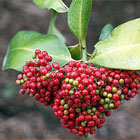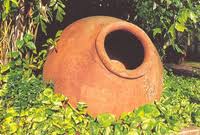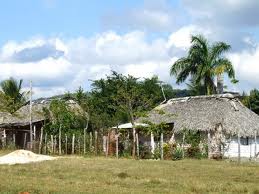|

Camagüey, Cuba was founded in 1514, although originally established under the name Puerto Principe, one of the first 7 villages the Spanish settlers founded in the country.
The name Camagüey originates from Camguebax, one of the indigenous chiefs who had lived in the area. The name was changed from Puerto Principe in 1899 and made official in 1903.
It is also suggested that the name originates from the wild bush, camagua or arauco, which is found across the island.
Due to numerous pirate attacks, the city was moved inland from the coast 14 years later.
At the time of the 2002 census, Camagüey was the country's third largest city, following Santiago de Cuba and preceding Holguin. The city is also capital of the province of the same name.
The historic city centre is unique for its narrow twisting streets which were specifically designed like a labyrinth after Admiral Sir Harry Morgan, a Welsh pirate notorious in the Caribbean, plundered and burnt down the city during the 17th century. The labyrinth was planned with just one entrance and many blind alleys and squares so that any pirates who came to ravage the city at a later time would get lost and trapped inside so the locals would be able to capture and kill those invaders.
The heart of the city is noticeably Spanish, with an Andalusian accent from Moorish times. Colonial architecture too can be seen everywhere from doorways to ironwork. After Havana, Camagüey has more surviving old structures in its old town than in any other city of Cuba.

Symbolic of Camagüey is the tinajón, a clay pot used to capture and store rain water. As there are no rivers in the area, the pots are important to the town and local legend says that if you drink from a girl's tinajón, you will fall in love with her and never want to leave her. Another local legend says that by drinking from the tinajón, you will fall in love with the town and have to return in the future.
The pots were originally brought to the area from the Andalusia region in the south of Spain and can still be seen today in colonial homes collecting water as their traditional use.
Camagüey, Cuba is often known as the 'City of Churches' due to the number of ecclesiastical buildings from churches to chapels to convents or the 'City of Baroque' for its architecture.
Two museums in Camagüey are dedicated to famous Cubans hailing from the town. The Casa Natal del Mayor was the childhood home of Ignacio Agramonte who was known as El Mayor (the Major) and the Casa Natal Nicolás Guillén, the childhood home of Nicolás Guillén, who is considered to be Cuba's national poet.

The best way to explore the city of Camagüey is to walk it and those who don't have much time will be able to explore the main sights in one day, although those who are looking to get a real feel for the city should allocate 2 or 3 days in order to find all of the city's hidden treasures.
Within the province of Camagüey, Cuba has many natural attractions for the visitor to see and explore. The Sierra de Cubitas ecological preserve has many caves of great value for their formation and their archaeology. Just off Santa Lucía beach, is one of the longest and most important coral reefs outside of Australia which provides a wealth of underwater fauna and flora to explore, not to mention shipwrecks!
|